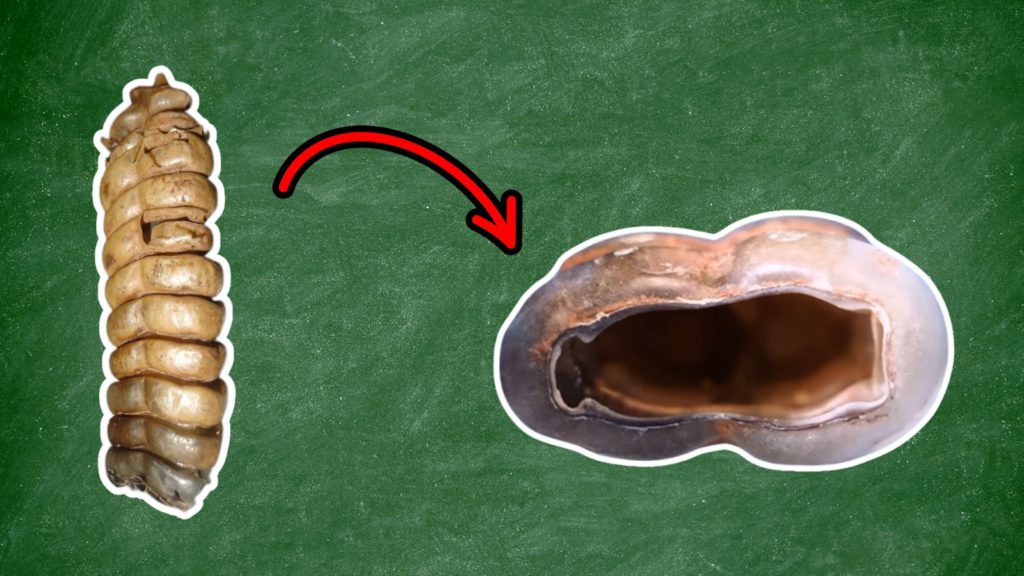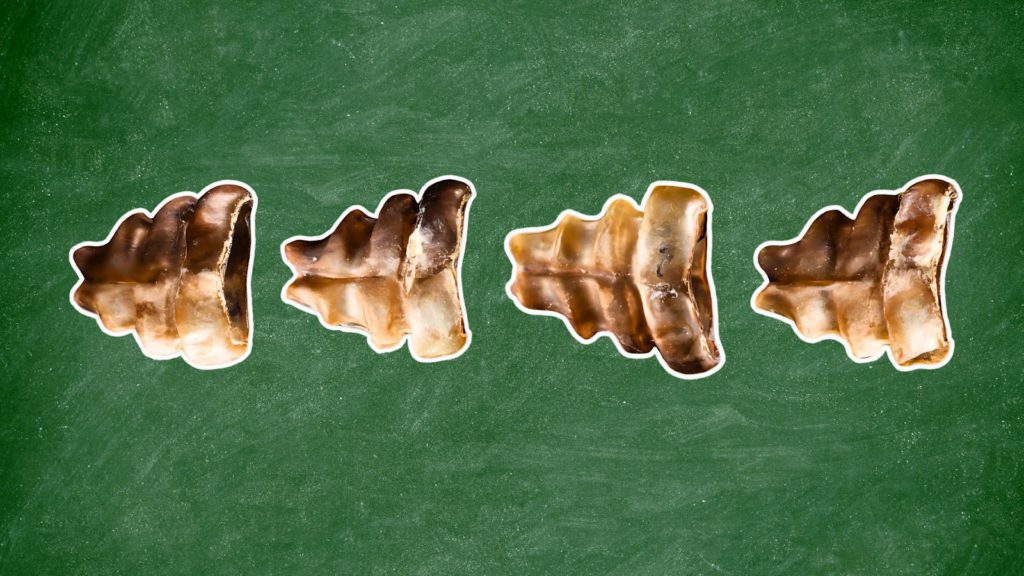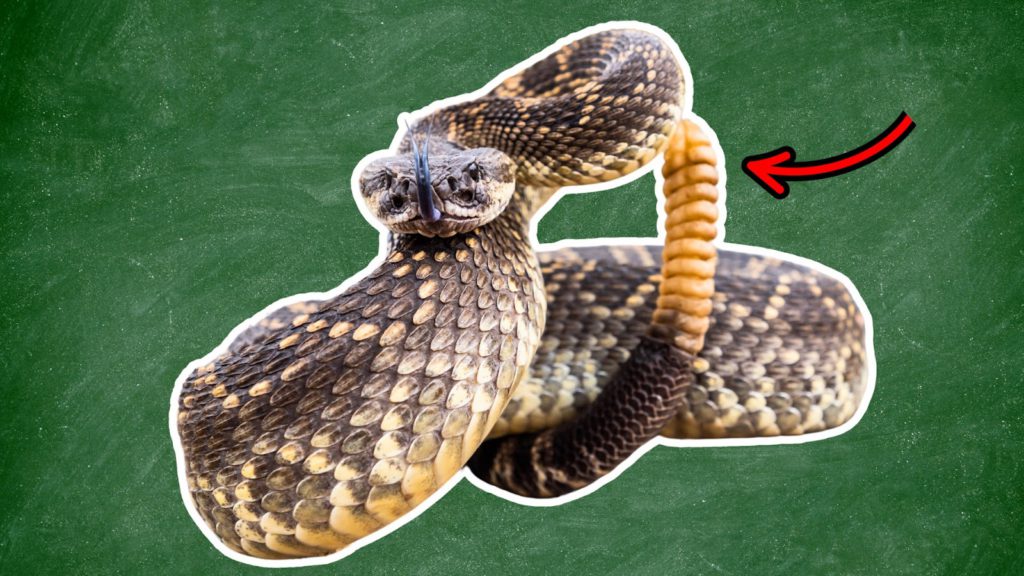Welcome to a closer look at one of nature’s most iconic warnings—the rattlesnake rattle. You’ve probably heard it described as sounding like a maraca, but that’s not quite right. Let’s explore what’s really going on inside this mysterious tail.
Introduction to the Rattlesnake Rattle

That infamous sound you hear in western movies right before everything goes sideways? Not exactly what you think. The rattlesnake’s tail doesn’t make a maraca-like rattle—it actually produces a high-frequency buzz that travels impressively far. Picture the sound a smartphone makes when vibrating on a wooden table, but cranked up to eleven. This natural warning system has been keeping creatures (including nosy humans) alive since before Instagram safety warnings were a thing.
Hollow Interior—Not a Maraca

Crack open a rattlesnake’s rattle—actually, don’t do that, but hypothetically speaking—and you’d find it hollow as a politician’s promise. No seeds, no beads, no tiny percussion section hidden inside. The segments are pure keratin, the same stuff your fingernails are made of. Imagine biting off your fingernails and somehow turning them into nature’s most effective “back off” button. Evolution really outdid itself with this design.
A Growing Puzzle—Sections of the Rattle

Each time a rattlesnake sheds its skin (which happens about 3-4 times yearly, depending on how much the snake’s been eating), it adds a new segment to its collection. Baby rattlers start with just a silent “pre button” nub, earning their first actual noisemaker after their first shed. Much as your gaming console collection grows with each paycheck, these snakes can accumulate up to 16 interlocking segments over time. That kid who obsessively collected puzzle pieces has nothing on a full-grown rattlesnake.
Loose Fit—Key to the Sound

The true magic happens in the gaps. Each segment fits loosely inside the next—not snug but with just enough wiggle room to create that warning buzz when shaken. The snake’s specialized “shaker” muscles work harder than a barista during morning rush, contracting 50 times per second. Remember that scene in The Matrix where Neo dodges bullets in slow motion? Even he couldn’t track these lightning-fast muscle movements. These are among the fastest muscles in the animal kingdom, creating that unmistakable sound that makes your hair stand on end.
The Warning in Action

This sophisticated warning system isn’t just showing off—it’s a brilliant energy-saving strategy. For up to three hours, a rattlesnake can buzz away, telling everything nearby, “Just walk away and nobody gets hurt.” This saves precious venom and energy for what really matters—catching dinner. During a hiking trip in Arizona, a wildlife guide demonstrated how quickly hikers freeze at the sound—even those who’d never heard it before. Your brain recognizes danger faster than you can say “where’s the snake?” That’s not accidental—it’s millions of years of evolutionary engineering that benefits both snake and surprised hiker alike.




























